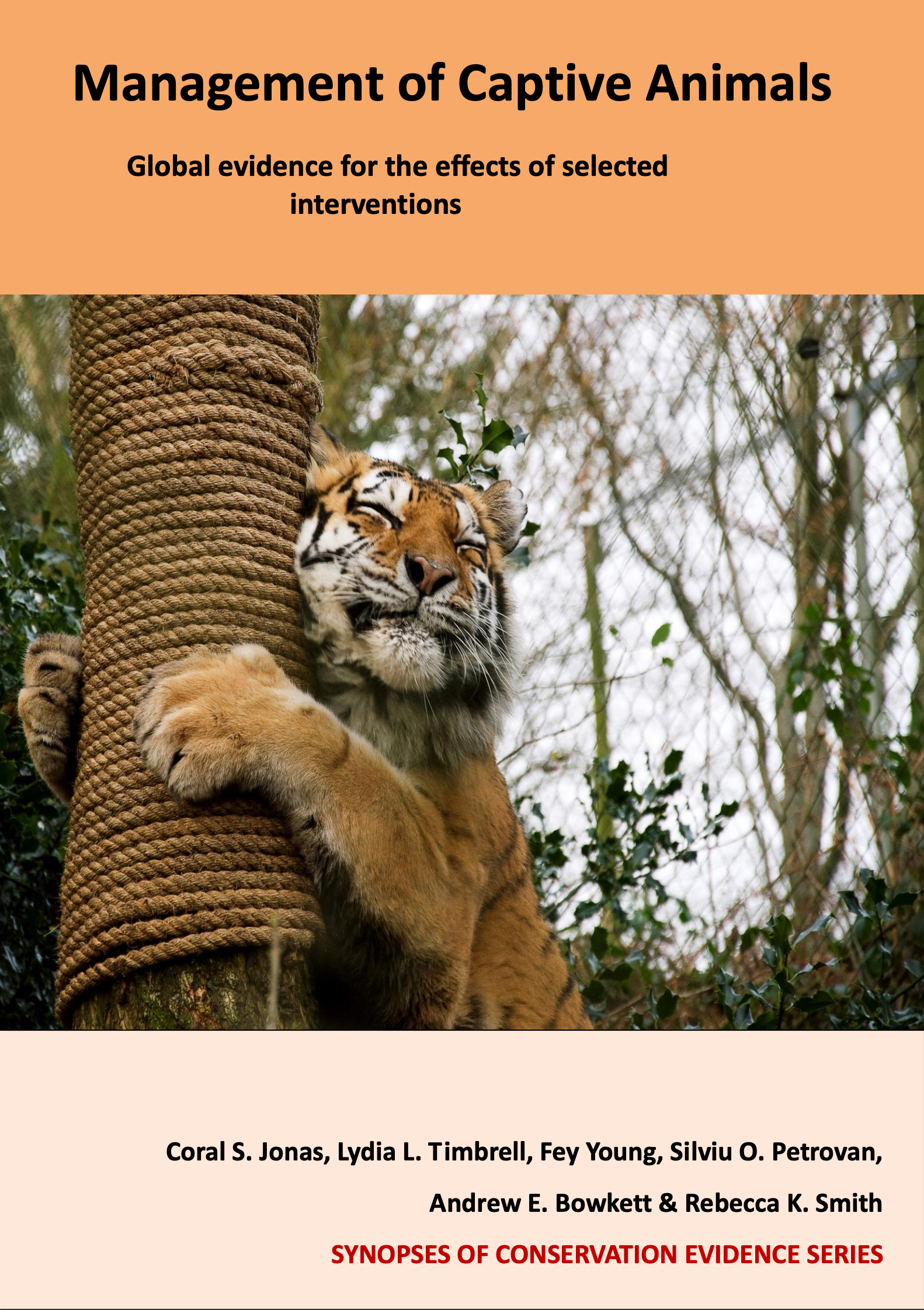Amphibians: Separate sexes in non-breeding periods
-
Overall effectiveness category Unknown effectiveness (limited evidence)
-
Number of studies: 1
View assessment score
Hide assessment score
How is the evidence assessed?
-
Effectiveness
65% -
Certainty
30% -
Harms
0%
Supporting evidence from individual studies
A replicated, before-and-after study in 2006-2012 in Victoria and New South Wales, Australia reported that providing a pre-breeding cooling period, along with allowing females to gain significant weight before the breeding period, separating sexes during the non-breeding period, providing mate choice for females and playing recorded mating calls, increased clutch size and decreased egg mortality in captive southern corroboree frogs Pseudophryne corroboree, although no statistical tests were carried out. From 2006-2010 Melbourne Zoo did not separate sexes in the non-breeding period (average clutch size: 18; egg mortality: 89%). In 2011-2012, sexes were separated in the non-breeding period (average clutch size: 43; egg mortality: 89%). At Taronga Zoo sexes were always kept separate in the non-breeding periods in 2010 (average clutch size: 80; egg mortality: 72%), 2011(average clutch size: 70; egg mortality: 26%) and 2012(average clutch size: 54; egg mortality: 28%).
Study and other actions tested
Where has this evidence come from?
List of journals searched by synopsis
All the journals searched for all synopses
This Action forms part of the Action Synopsis:
Management of Captive Animals
Management of Captive Animals - Published 2018
Captive Animal Synopsis





)_2023.JPG)














